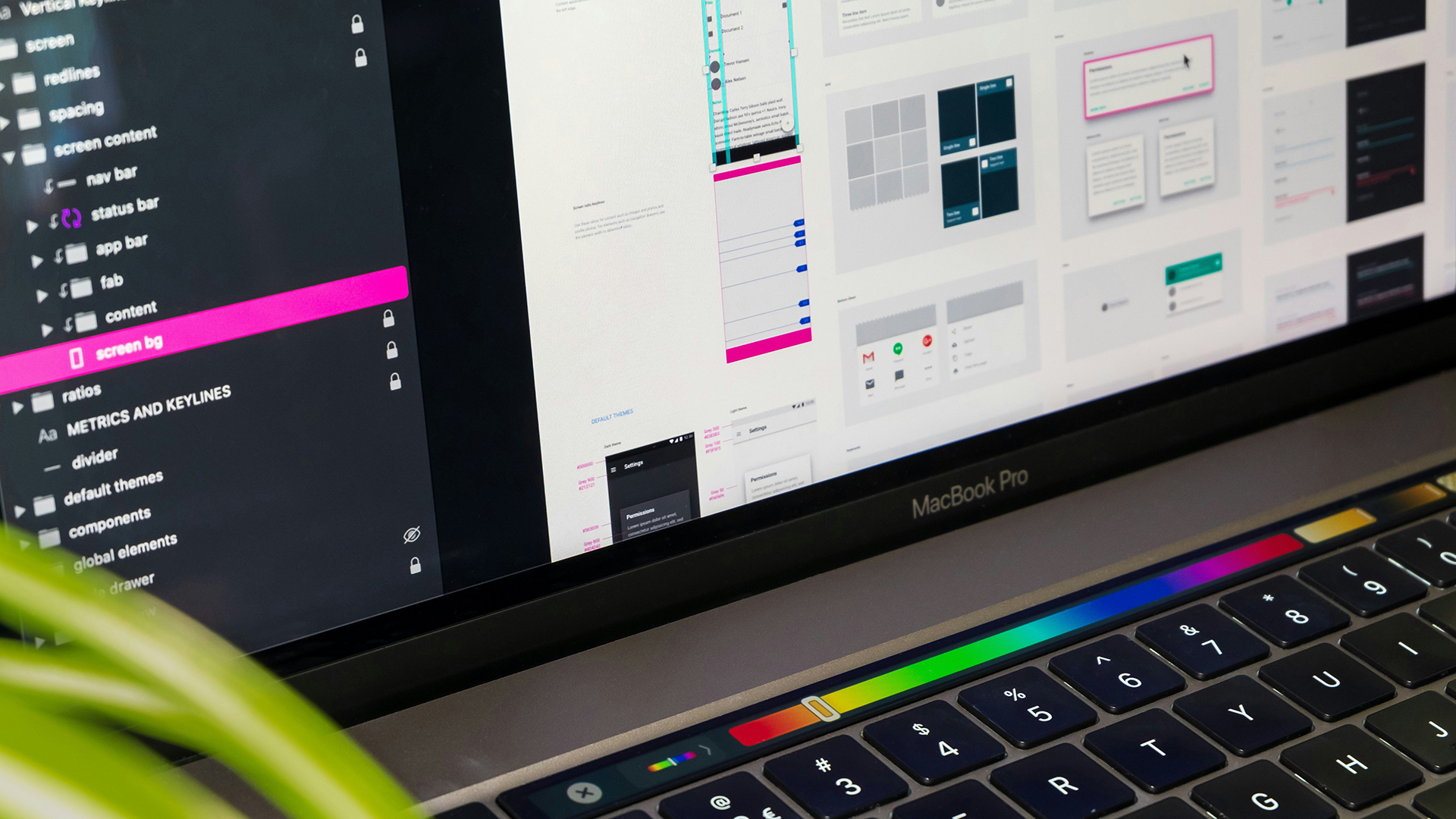Let’s be honest—WordPress is awesome. It powers over 40% of websites on the internet, and for good reason. It’s flexible, user-friendly, and perfect for everything from blogs to e-commerce. But with popularity comes risk. WordPress sites are also top targets for hackers, bots, and malicious scripts.
If you’re running a WordPress website in 2025, security should be a top priority—not an afterthought.
At WebCrafters, we’ve secured dozens of client websites across Canada, and today we’re breaking down the simple, effective, beginner-friendly ways to lock down your WordPress site and keep your data safe.
Why WordPress Security Matters
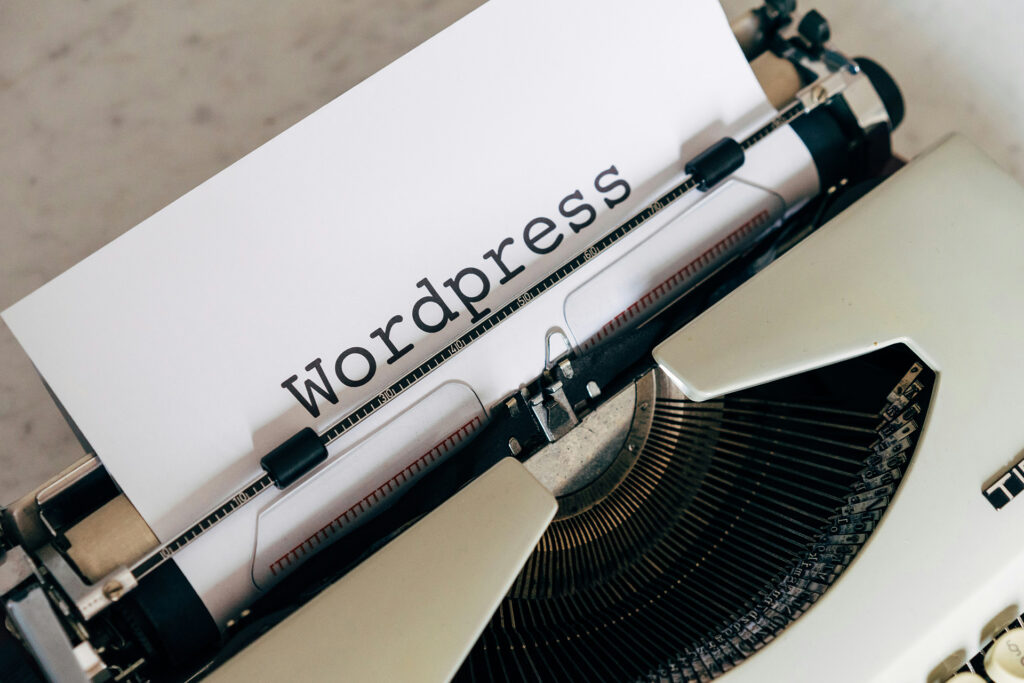
A hacked website can cost you money, traffic, reputation, and even Google rankings. Imagine your contact form sending spam emails or your WooCommerce store redirecting users to a scam site. Not fun.
Even worse? You might not even know you’ve been hacked until it’s too late.
Security is no longer optional. It’s a key part of digital marketing and customer trust.
Must-Have WordPress Security Plugins
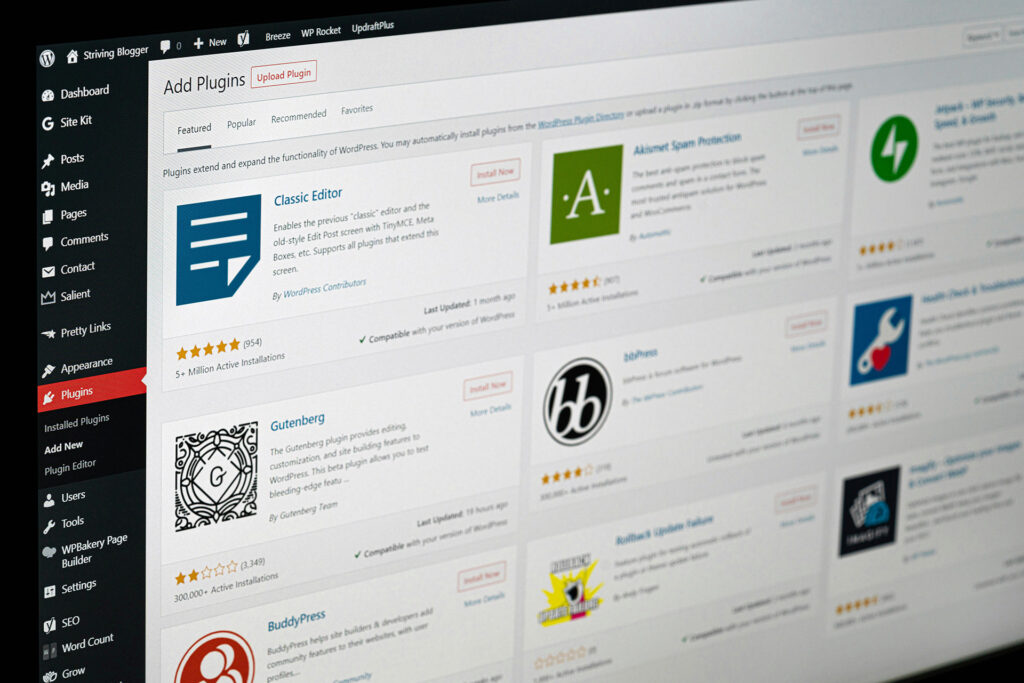
Let’s start with some easy wins. These plugins will do a lot of the heavy lifting for you:
1. Wordfence Security
- Real-time firewall
- Malware scanner
- Login attempt limiter
2. Solid Security
- 2FA login
- File change detection
- Brute force protection
3. Sucuri Security
- Cloud-based firewall
- Audit logs
- Website integrity checker
Pro tip
Don’t stack too many security plugins—they can conflict with each other. Stick to one full-featured plugin.
Essential WordPress Settings for Better Security
Change Your Login URL
By default, your login URL is /wp-login.php. Hackers know that. Change it using plugins like WPS Hide Login.
Use Strong Admin Usernames & Passwords
Avoid using admin as a username. Always use strong, unique passwords, and update them every few months.
Keep Everything Updated
Themes, plugins, WordPress core—outdated code is like an open door for hackers.
Set auto-updates for trusted plugins or review updates weekly.
Disable File Editing in the Dashboard
Add this to your wp-config.php:
define('DISALLOW_FILE_EDIT', true);This prevents attackers from editing your theme or plugin files directly from the admin area.
Best Practices for a Secure WordPress Site
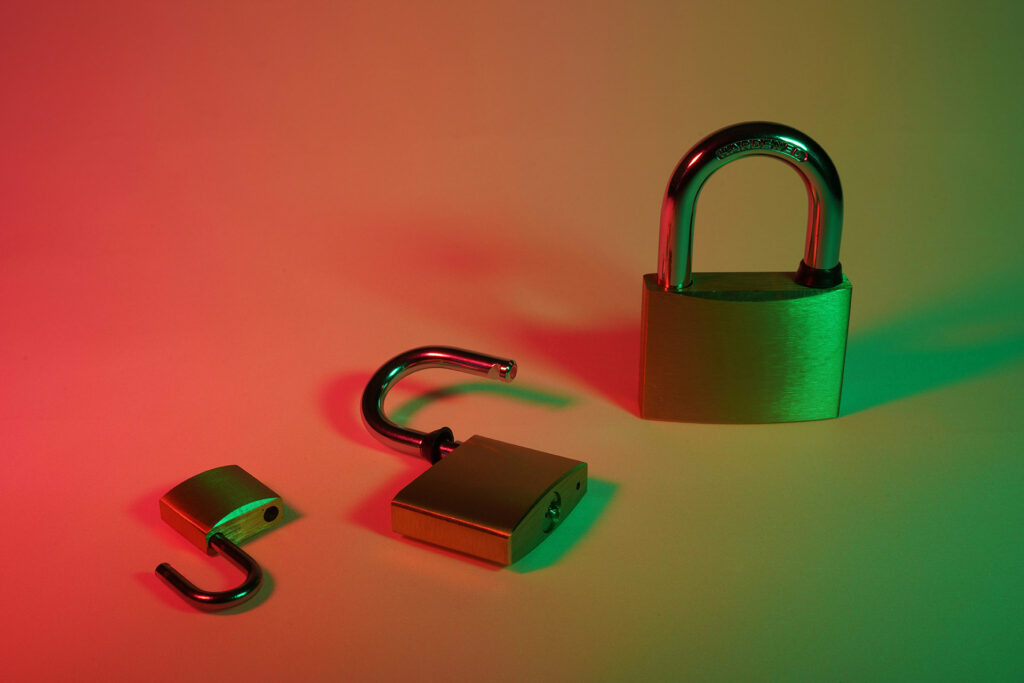
- Install SSL (HTTPS): A must-have for SEO and trust. Most hosts offer it for free with Let’s Encrypt.
- Limit Login Attempts: Stop brute force attacks by limiting how often someone can try to log in.
- Back Up Regularly: Use plugins like UpdraftPlus or BlogVault. Backups are your safety net.
- Remove Unused Plugins & Themes: Inactive doesn’t mean harmless. Delete what you don’t use.
- Use 2-Factor Authentication: Add an extra layer of security using apps like Google Authenticator.
Use a Web Application Firewall (WAF)
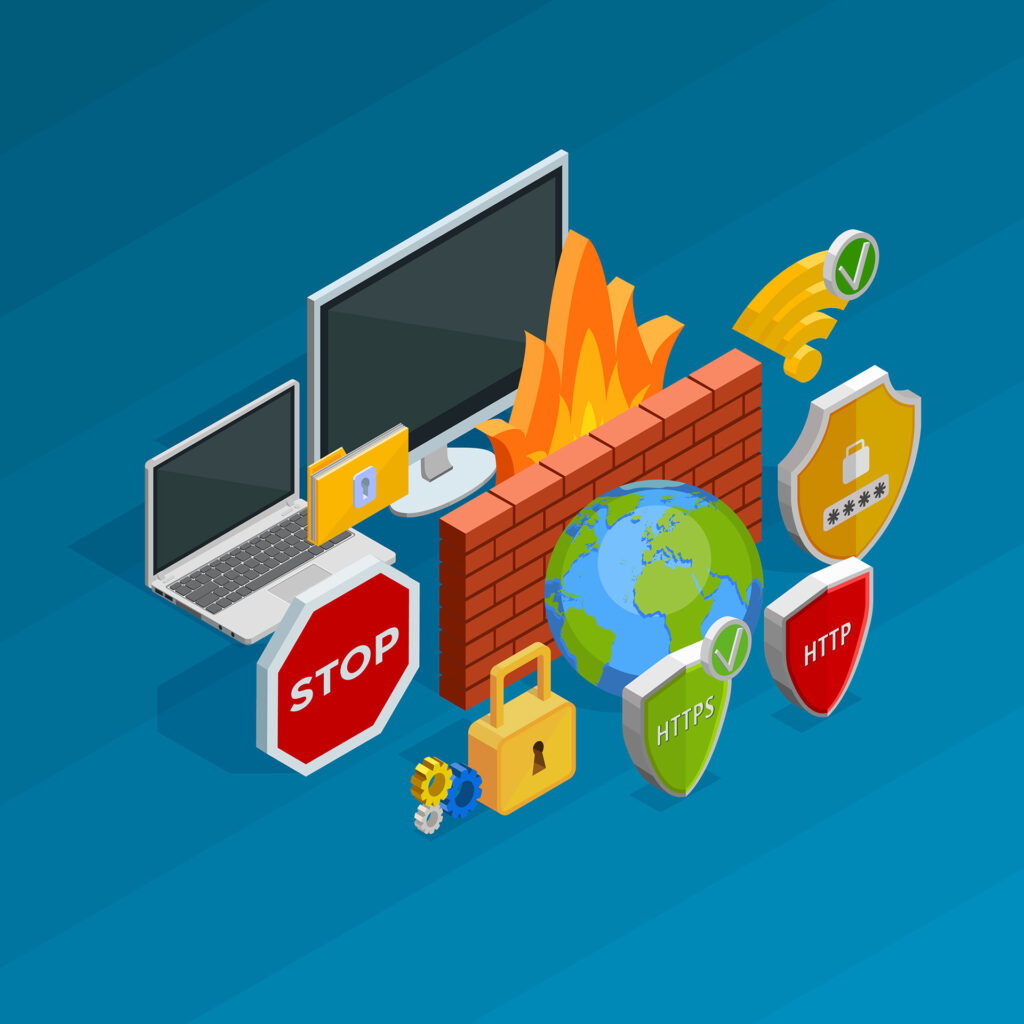
If you’re serious about security, consider services like Cloudflare or Sucuri WAF. They block threats before they even reach your server, speeding up your site and keeping it protected.
How WebCrafters Can Help
If you’re feeling overwhelmed or unsure where to start, we’ve got your back. At WebCrafters, we help businesses build secure, scalable, and high-performing WordPress websites.
Whether it’s a security audit, plugin configuration, or emergency malware cleanup, we can help protect your digital home.


